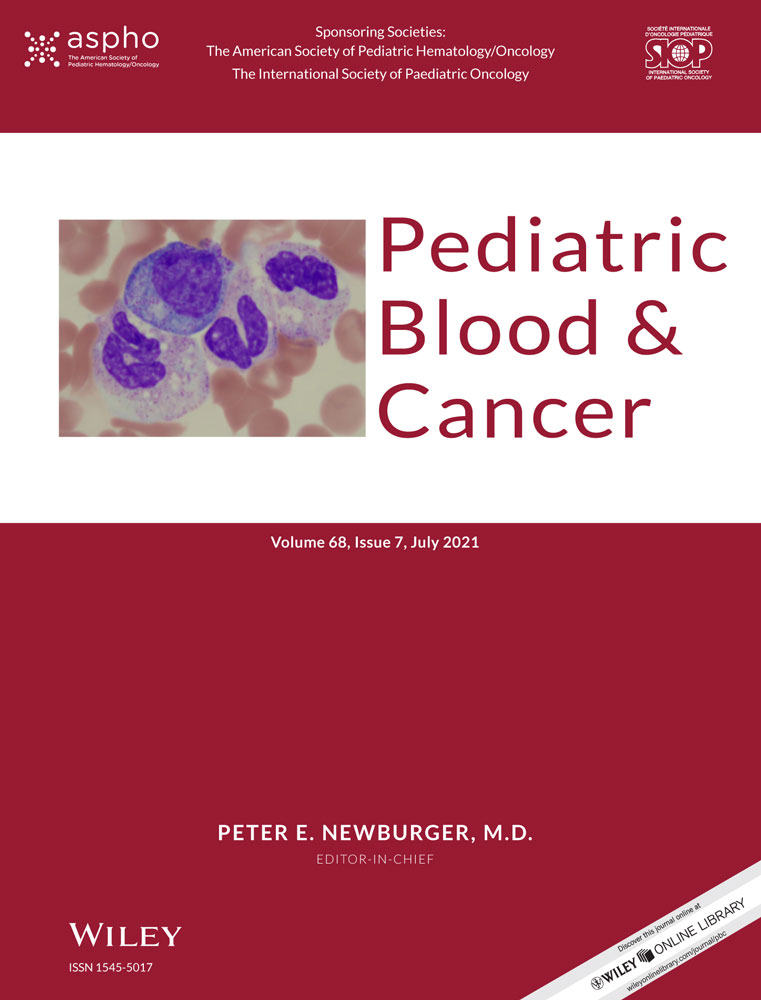Feasibility of ultrasound-assisted lumbar punctures performed by pediatric oncologists at the point of care
Funding information:
Pediatric Oncology Group of Ontario (POGO) Research Unit; Garron Family Cancer Centre
Furqan Shaikh and Cristian Arzola contributed equally as first authors.
Abstract
Background
Ultrasound assistance improves success rates and reduces adverse outcomes of lumbar punctures (LPs) among adult patients in the emergency room and the operating room, but has not been evaluated in pediatric patients with cancer. Our objectives were (1) to determine whether pediatric oncologists could perform ultrasound-assisted LPs following a structured teaching curriculum, and (2) to determine the feasibility of recruiting pediatric cancer patients to a clinical trial of this procedure.
Methods
Three pediatric oncologists completed a curriculum composed of didactic teaching followed by hands-on workshops. Each learner was evaluated during 20 attempts at three ultrasound tasks using the cumulative sum method. The three pediatric oncologists then performed ultrasound assessments prior to routinely scheduled LPs. Feasibility was defined as ability to perform at least 30 ultrasound-assisted LPs within 6 months. Secondary outcomes were the proportion of successful, bloody, or traumatic LPs, time required, and perceived helpfulness of ultrasound.
Results
All three pediatric oncologists achieved competence in the three tasks of ultrasound scanning within 20 evaluated attempts. We recruited 62 patients within 1 month, and 58 underwent an ultrasound-assisted LP. All LPs were successful. Two LPs (4%) had ≥500 red blood cells (RBCs)/μl, and nine (16%) had ≥10 RBCs/μl. Median time to conduct the scan was 1.9 minutes (range 0.8–4.0 minutes). In 37 (64%) of the LPs, ultrasound assistance was considered helpful or very helpful.
Conclusions
Pediatric oncologists readily achieved competence in ultrasound-assisted LPs, and ultrasound was commonly perceived as helpful. It is feasible to proceed to a randomized trial of this procedure in pediatric cancer.
CONFLICT OF INTEREST
The authors declare that there is no conflict of interest.
Open Research
DATA AVAILABILITY STATEMENT
The data that support the findings of this study are available on request from the authors.




